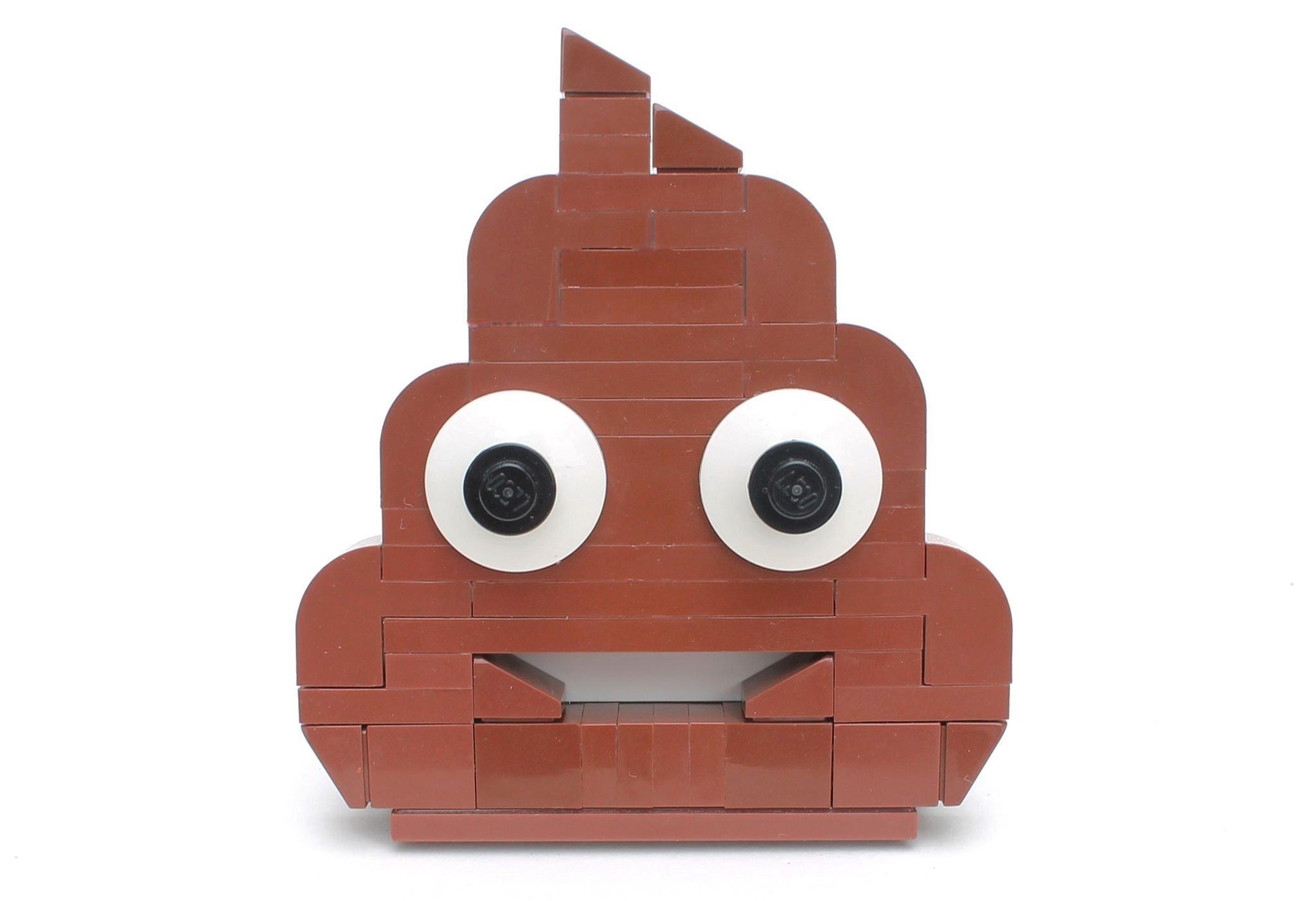By Adriana Hyde
In a lecture at Ryerson, a University of Toronto prof said emojis are popular partly because they allow users to communicate with people who speak different languages.
“We are living in a post-alphabetical world, and there is not just one form of literacy,” said Marcel Danesi, a professor of linguistics and semiotics (the study of behaviours in communication via symbols and signs).
The Toronto Semiotic Circle welcomed Marcel Danesi to Ryerson, on Wednesday evening to discuss his book, The Semiotics of Emoji.
Danesi said emojis are used often used as word-for-word translations of phrases from one language to another.
“My mom doesn’t speak English very well and I don’t speak our native language very well, but I find even though there is a communication barrier… when my mom learned how to speak in emoji… it was very easy to see how she felt about sudden situations,” said Josephene Pynadth, a McGill University graduate who attended the lecture.
Like words, some emojis hold different meanings depending on geographical location, cultural background or historical context, Danesi said.
Ryerson student Maddie Surtes said she once misinterpreted a good friend’s text when he used what she perceived as a seductive emoji.
“He was like, oh no no, I didn’t mean it like that,” she said.
Surtes said there is emoji etiquette and one shouldn’t use emojis during serious conversations.
Danesi gathered from one survey, that 100 per cent of respondents would use emojis with their friends, 89 per cent would use them with their family and 12 per cent of respondents would use them with people in different categories.
The emoji was first created by Shigetaka Kurita, a Japanese computer program technologist, in 1998. The word emoji is an English adaptation of two Japanese phrases and pronunciations. “E” translates to picture and “moji” translates to letter.
The widespread usage of smiling poop and winking faces has led to multiple appearances of emojis on clothing, advertisements and computer keyboards.
Oxford Dictionary recently released the smiley face as the 2016 word of the year.
Danesi theorized the need for visual communication is in our genetic nature.
“Our brain needs visuality,” he said. His research of emojis dates back to cave art and hieroglyphics.
Danesi also said expressive writing through emojis is therapeutic, particularly for people with dyslexia.










Leave a Reply